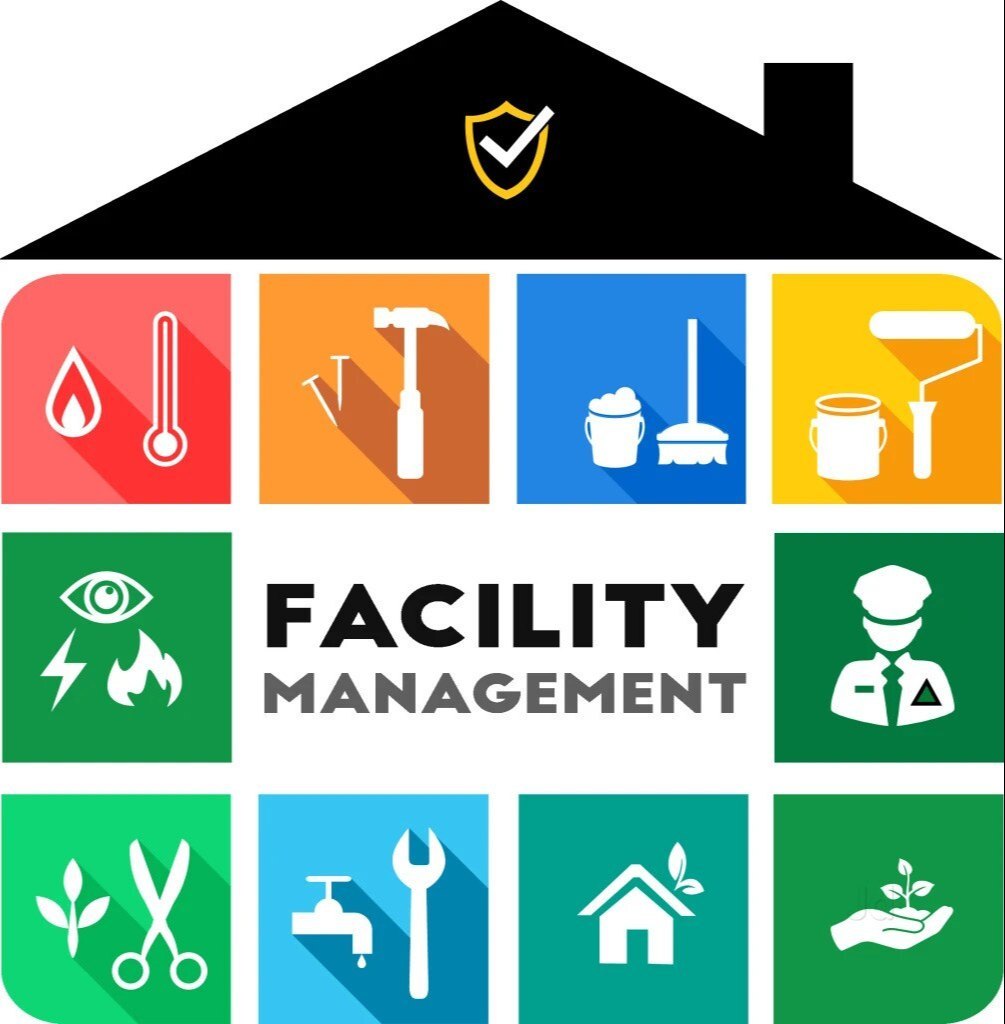Top Advantages of Total Facility Management for Streamlined Workflow
Total Facility Management (TFM) stands for a calculated approach to improving functional performance by incorporating various services, such as upkeep and safety and security, under a unified management structure. The inquiry continues to be: what certain advantages can organizations harness from adopting TFM, and how might these benefits transform their operational landscape?
Enhanced Functional Efficiency
Improved operational effectiveness is a main advantage of implementing total facility management (TFM) techniques. TFM incorporates a comprehensive approach to handling a center's sources, processes, and facilities, ultimately improving procedures. By consolidating different services-- such as upkeep, security, cleansing, and room management-- TFM decreases redundancies and boosts coordination among different operational features.
The integration of technology additional amplifies this performance. Advanced facility management systems provide real-time data analytics, making it possible for facility managers to make educated choices that improve operations and resource appropriation. Anticipating upkeep strategies, for instance, anticipate equipment failures prior to they take place, lowering downtime and prolonging property lifespan.
Additionally, TFM advertises standard procedures throughout different divisions, making certain uniformity and top quality in solution delivery. This uniformity minimizes functional disruptions and promotes a more collaborative workplace. Consequently, employees can focus on their core responsibilities, driving performance and improving overall performance.

Cost Reduction and Savings
Executing total facility management (TFM) not just enhances functional efficiency but also considerably adds to set you back reduction and savings. By settling numerous services under a solitary management structure, organizations can get rid of redundancies and enhance processes, thereby decreasing operational expenses. TFM enables better procurement methods, permitting business to bargain bulk purchasing arrangements with suppliers and company, causing lower costs.
Furthermore, TFM stresses preventative maintenance, which minimizes unforeseen failures and expands the life-span of essential equipment. This aggressive method not only lowers repair expenses yet additionally improves the reliability of facilitiess, ensuring continuous operations. Additionally, power effectiveness efforts, often an essential focus of TFM, bring about significant financial savings on utility bills, as facilitiess are maximized for reduced power usage.
Improved Source Management
Effective resource management is a cornerstone of total facility management (TFM), enabling companies to maximize using their properties and workforce. By implementing TFM strategies, organizations can comprehensively analyze their source allotment, making certain that every possession is made use of successfully and successfully. This all natural approach enables the identification of underperforming sources and the potential for reallocation or improvement.
On top of that, TFM facilitates the assimilation of modern technology for real-time surveillance of sources, which helps in forecasting maintenance requirements and protecting against expensive downtime. By leveraging data analytics, organizations can make educated choices concerning resource implementation, ultimately boosting productivity and lowering waste.
In addition, TFM advertises a society of continual enhancement, encouraging groups to regularly review and fine-tune their source management practices. Total Facility Management. This aggressive position not only decreases operational interruptions however also fosters development, as see this page workers are encouraged to recommend renovations based upon their firsthand experiences with source application
Streamlined Interaction Channels
In total facility management, streamlined communication channels play a crucial role in fostering cooperation and efficiency across groups. Effective interaction guarantees that all stakeholders, consisting of facility supervisors, upkeep staff, and service suppliers, are straightened with business objectives and functional needs. By developing clear lines of communication, groups can quickly attend to concerns, share updates, and execute services, consequently lessening downtime and enhancing efficiency.
With systematized interaction platforms, details is easily obtainable, allowing for real-time updates on maintenance requests, source allocation, and project timelines. This transparency not just minimizes misconceptions but additionally encourages employees to make informed choices rapidly. Structured communication helps with much better coordination throughout emergency situations, making sure that all personnel are informed and can react without delay.

Enhanced Concentrate On Core Activities
A vital advantage of total facility management is the raised emphasis on core activities, permitting companies to focus on their main click resources business objectives - Total Facility Management. By contracting out non-core features such as upkeep, cleaning, and safety and security, firms can reroute their sources and energy in the direction of strategic efforts that directly add to their competitive benefit and development
Total facility management incorporates numerous functional tasks under a solitary umbrella, fostering effectiveness and reducing redundancy. This debt consolidation not just enhances procedures yet additionally improves accountability, guaranteeing that every element of the facility operates harmoniously without diverting attention from what genuinely matters-- core service functions.
Moreover, this approach enables employees to devote their time and initiatives to jobs that drive advancement and boost consumer complete satisfaction, rather than obtaining slowed down by functional difficulties. With a trustworthy facility management companion handling daily procedures, companies can attain better agility, respond promptly to market changes, and keep a sharper concentrate on their goal.
Inevitably, boosted focus on core tasks brings about boosted general performance, permitting companies to reinforce their market placement and satisfy their calculated goals better. - Total Facility Management
Verdict
Finally, Total Facility Management significantly boosts operational effectiveness by consolidating essential services and leveraging data analytics for notified decision-making. Cost reductions and enhanced resource management contribute to general cost savings, while structured interaction networks foster cooperation amongst stakeholders. By allowing companies to focus on core tasks, TFM not only optimizes productivity yet likewise strengthens market positioning. The combination of these advantages emphasizes the relevance of TFM in attaining sustainable operational quality.
Total Facility Management (TFM) represents a critical strategy to enhancing functional effectiveness by integrating numerous services, such as upkeep and security, under a unified management structure.Boosted functional performance is a primary advantage of carrying out total facility management (TFM) methods. Advanced facility management systems give real-time data analytics, allowing facility supervisors to make enlightened decisions that improve workflow and resource allowance.Implementing total facility management (TFM) not just enhances operational performance but likewise considerably contributes to cost decrease and cost savings.Efficient source management is a this link foundation of total facility management (TFM), making it possible for organizations to maximize the usage of their assets and labor force.